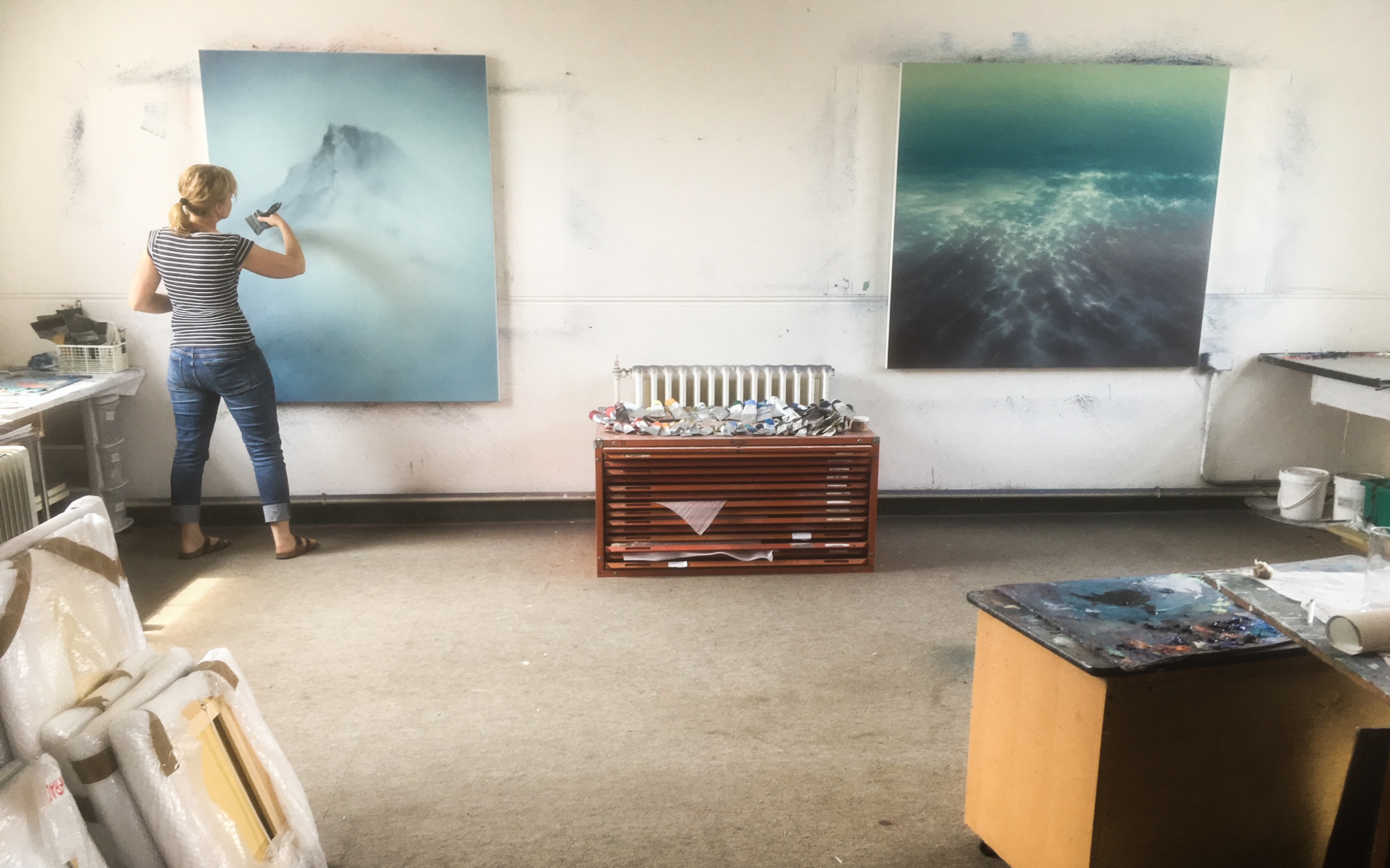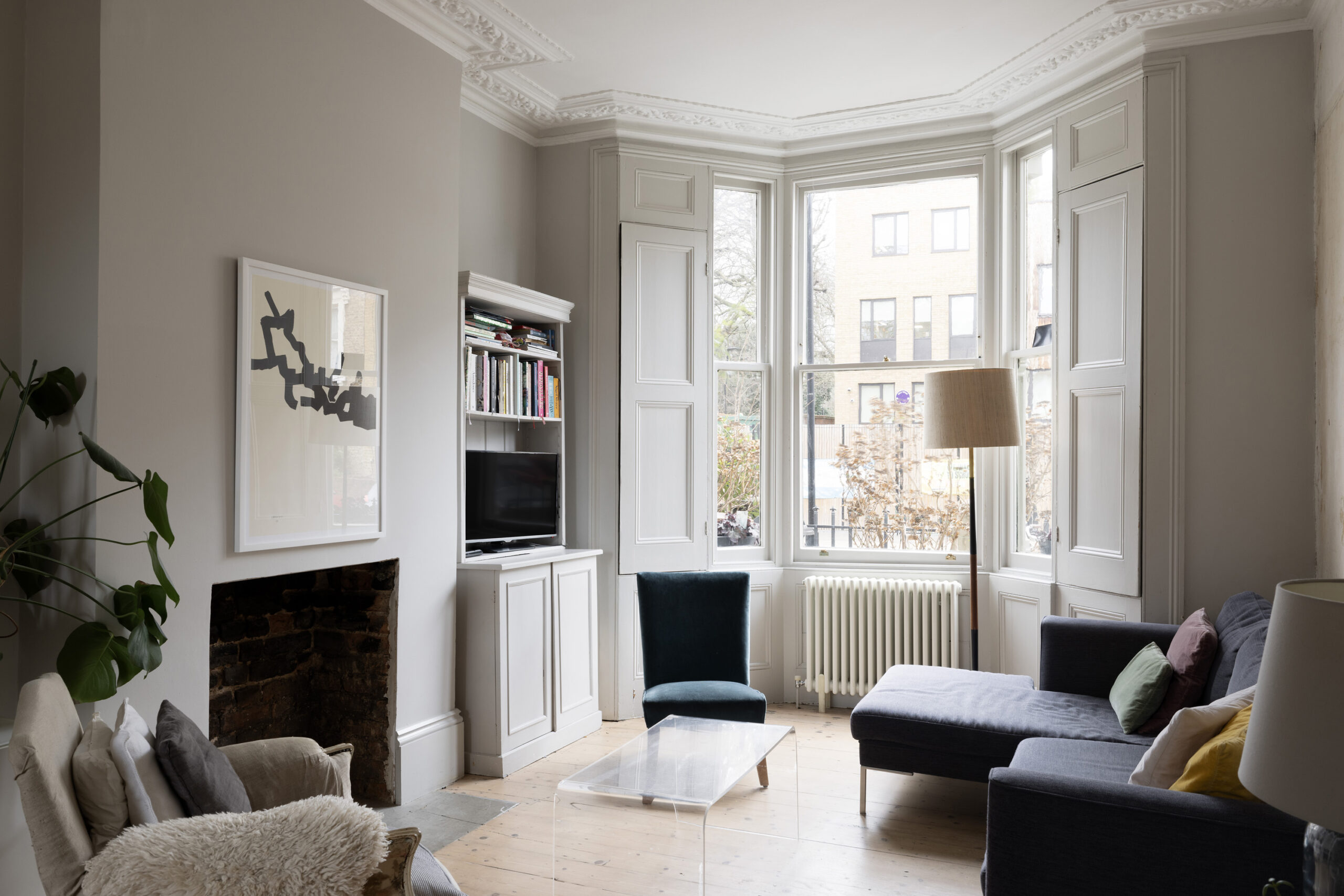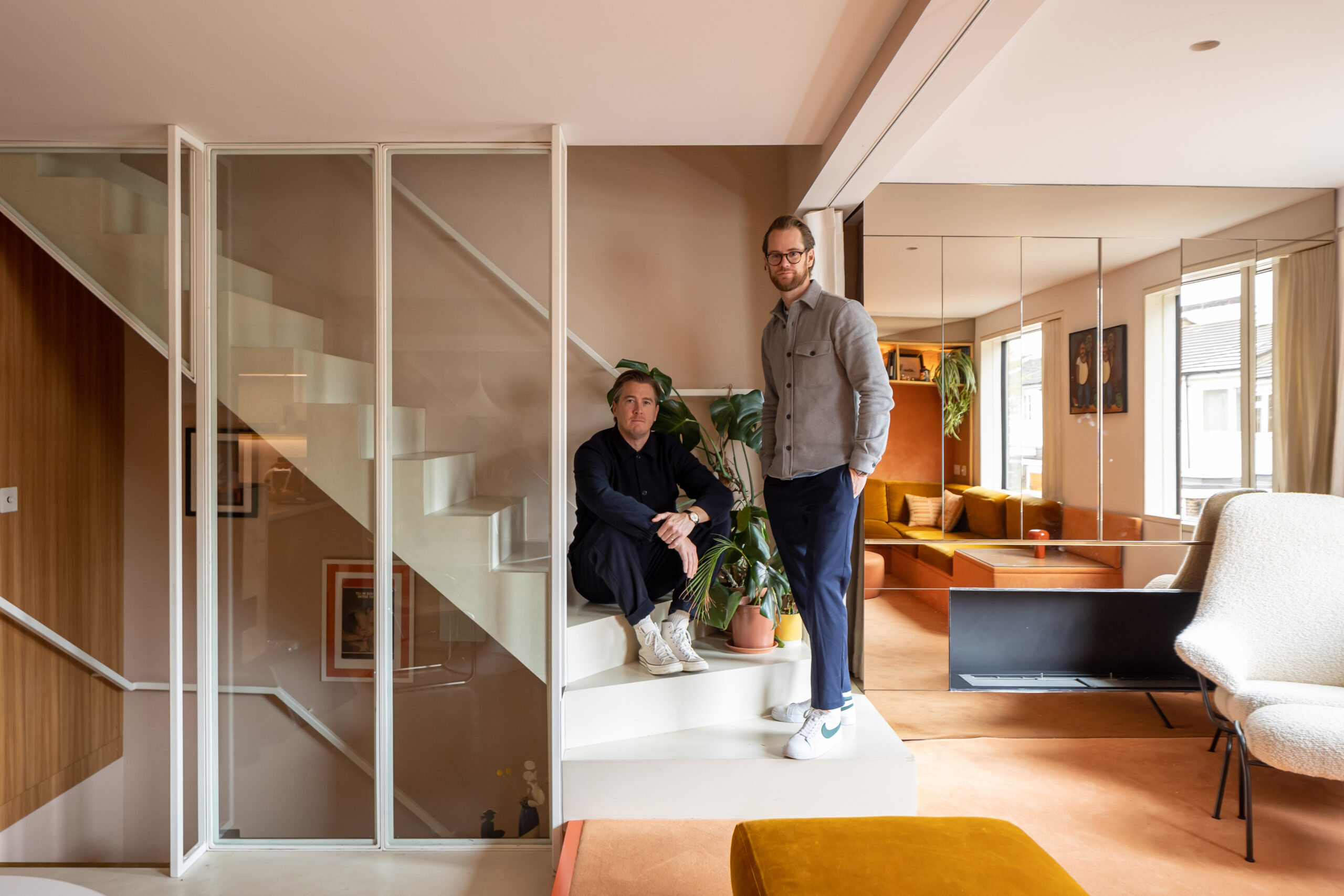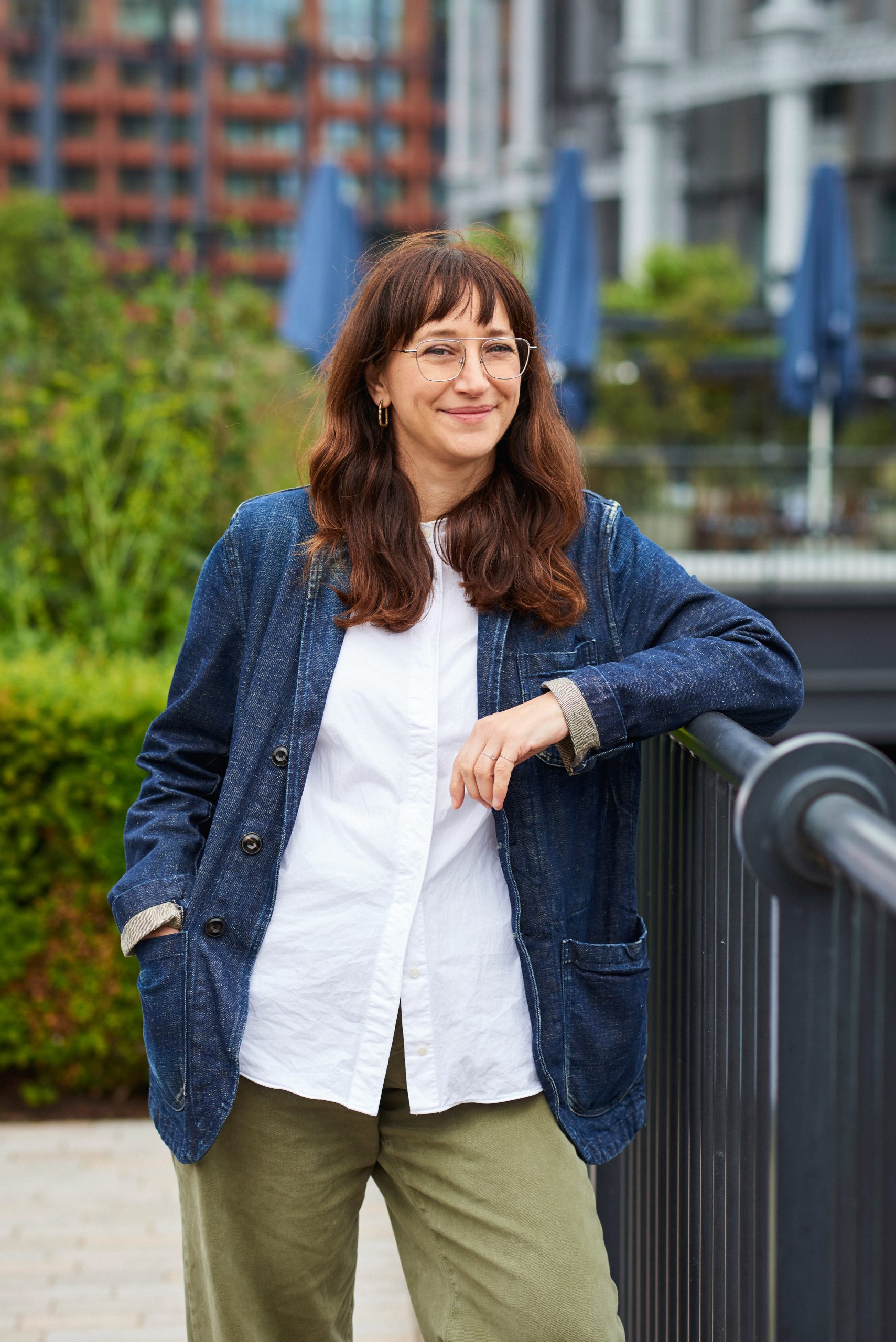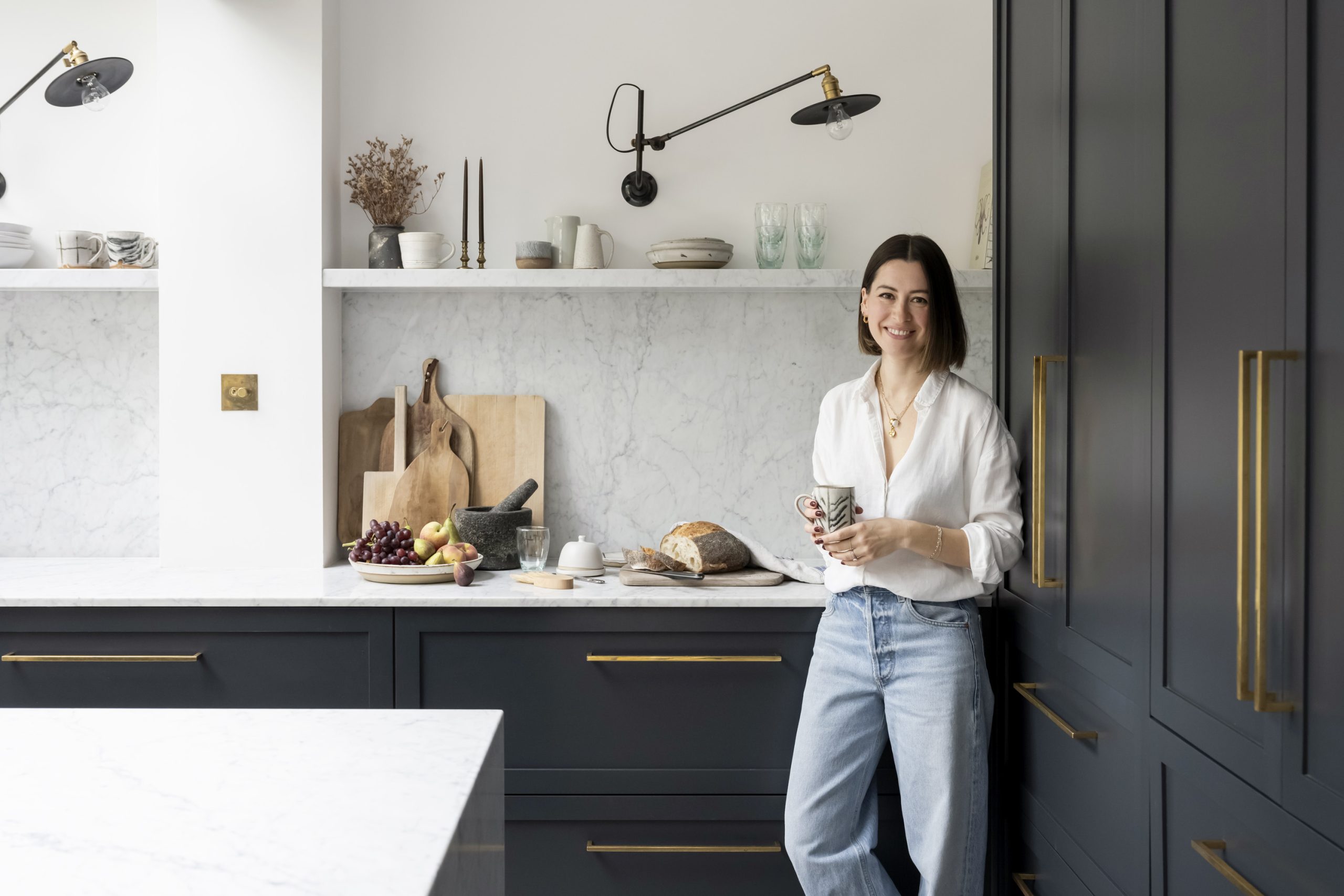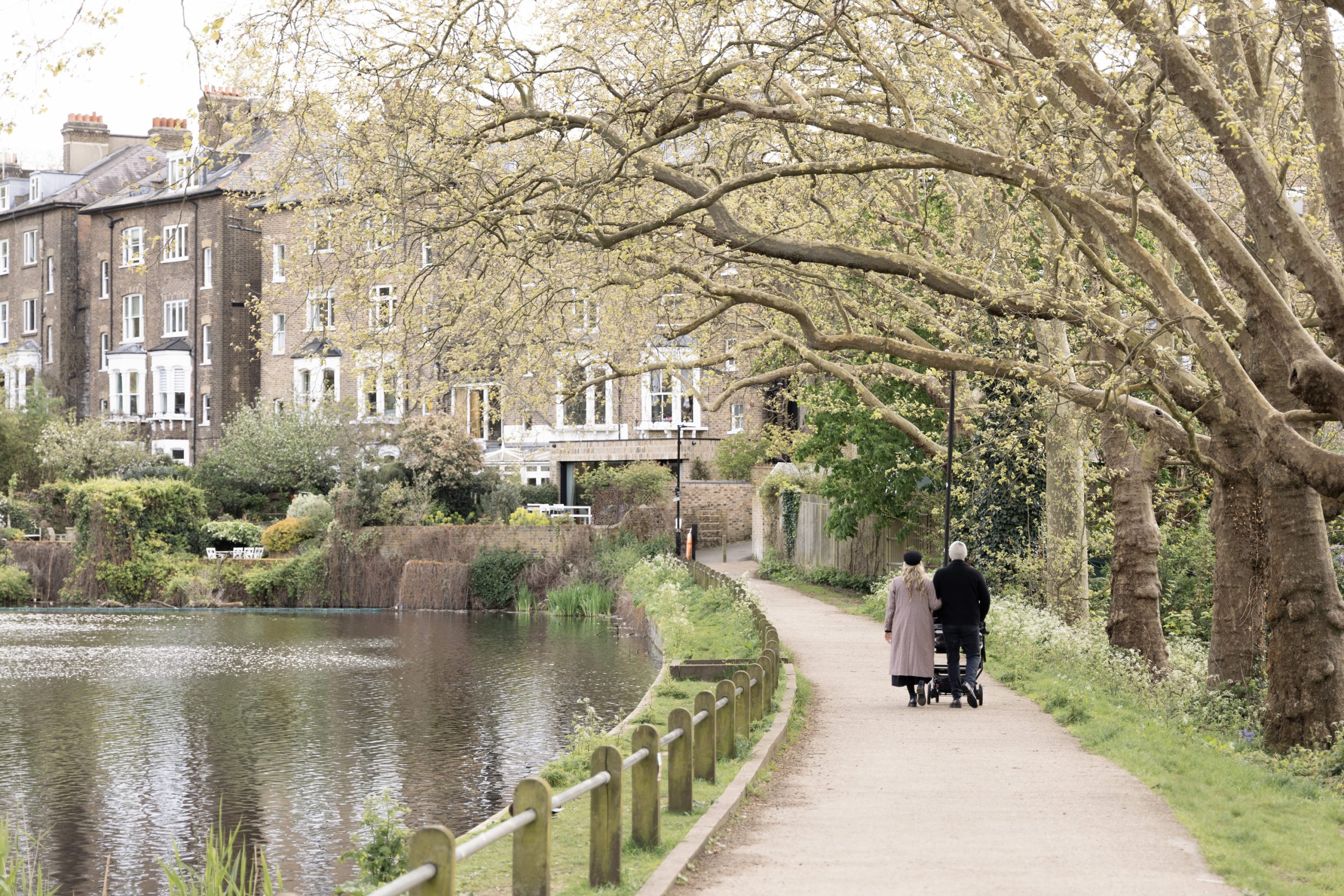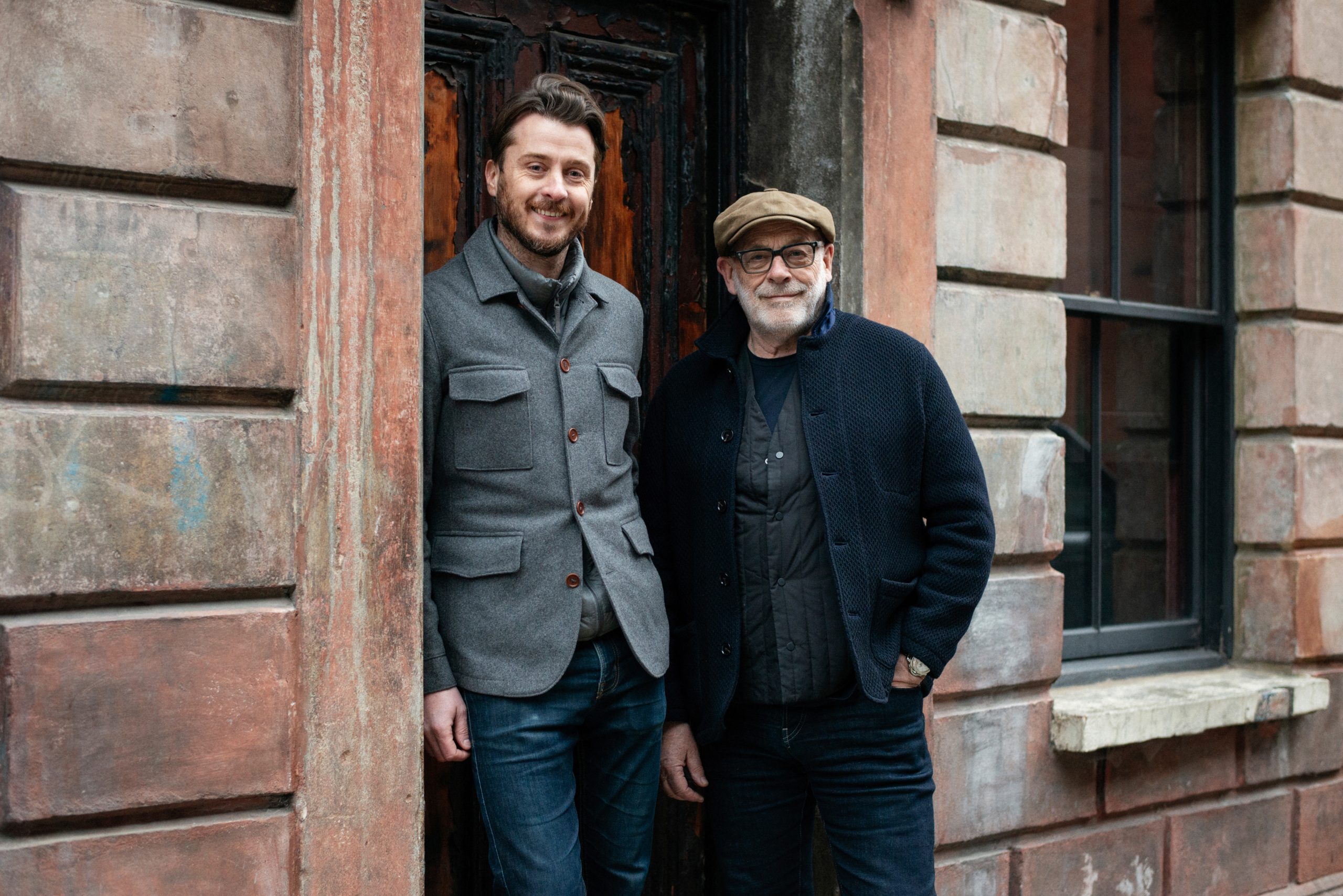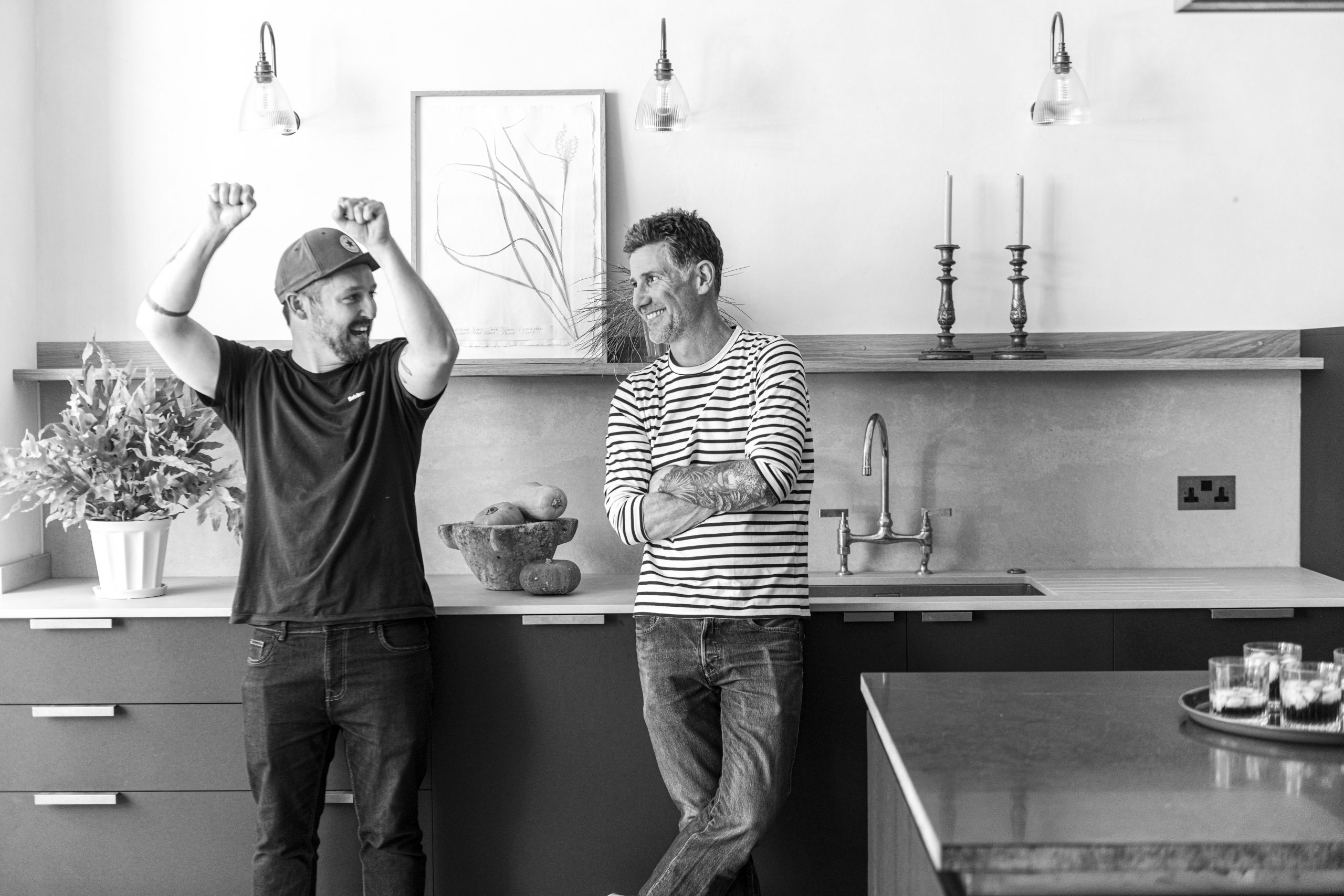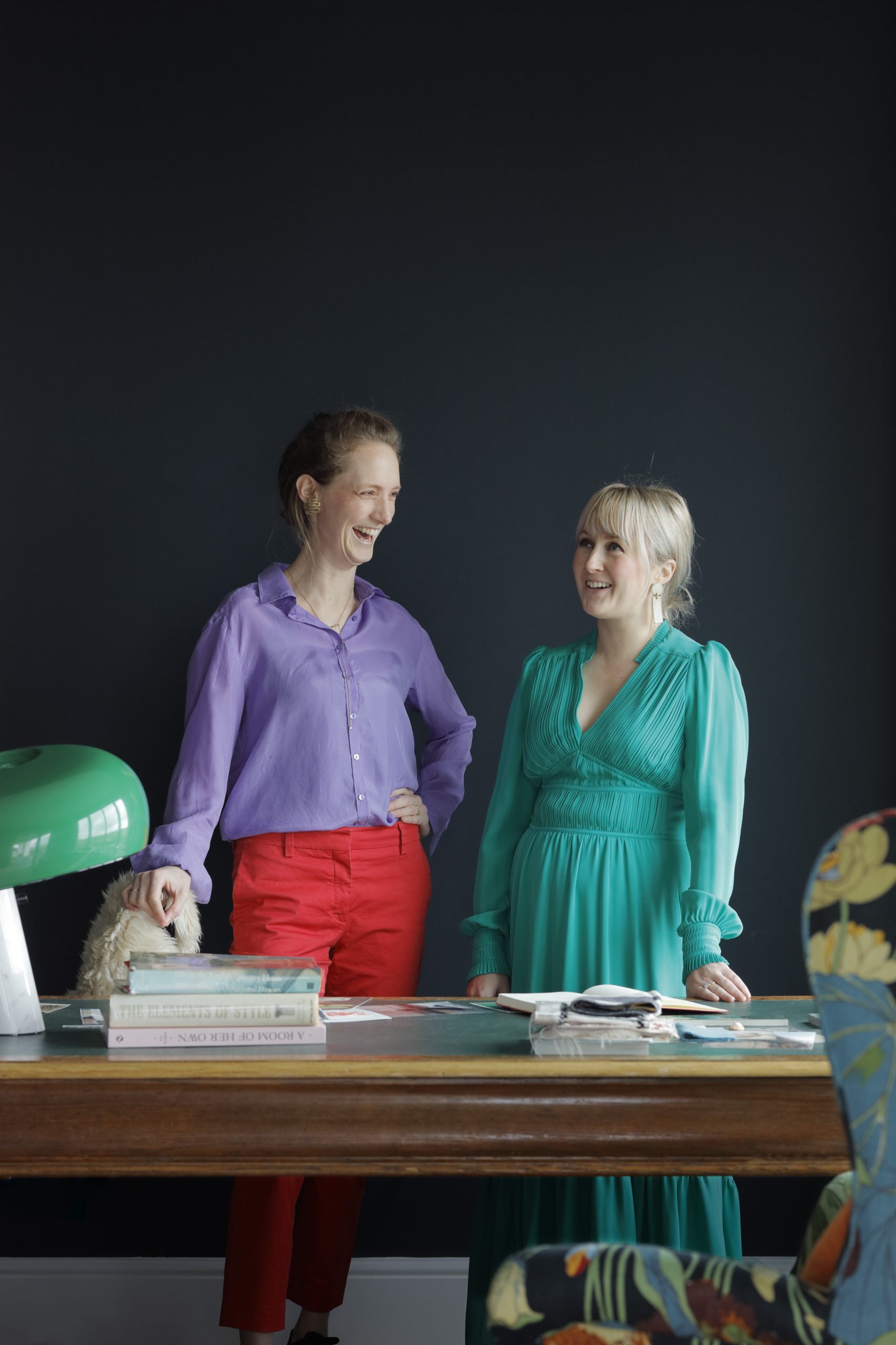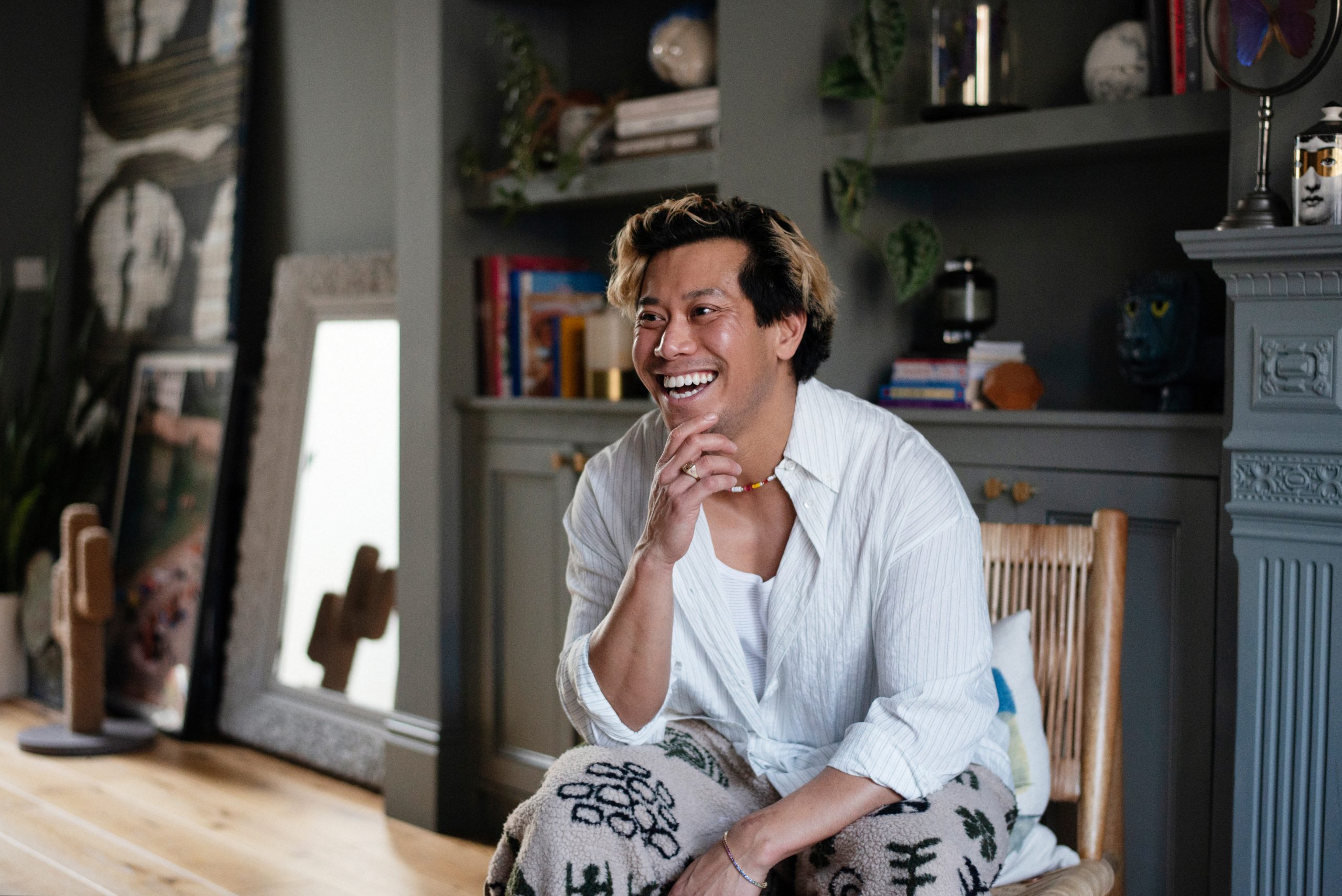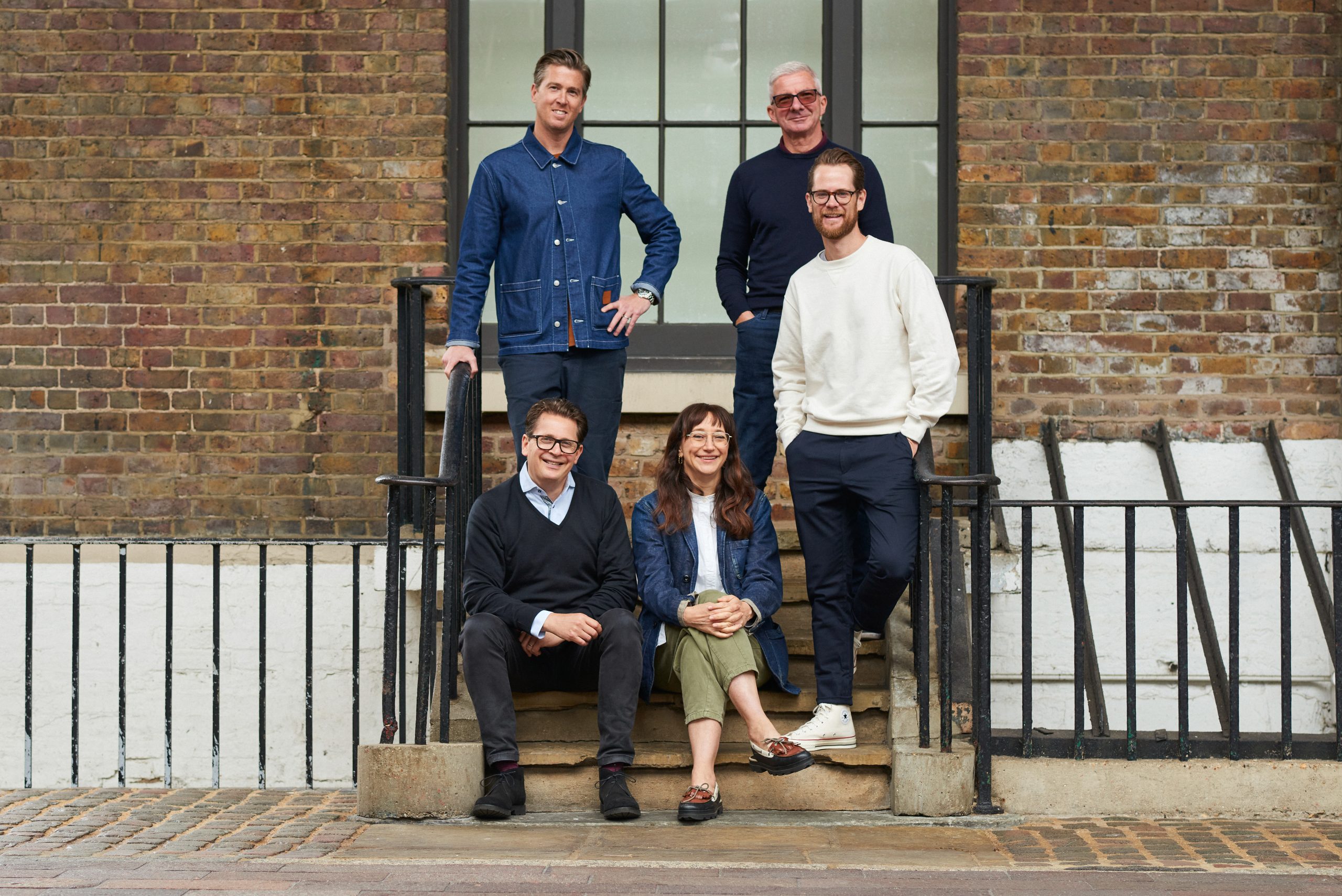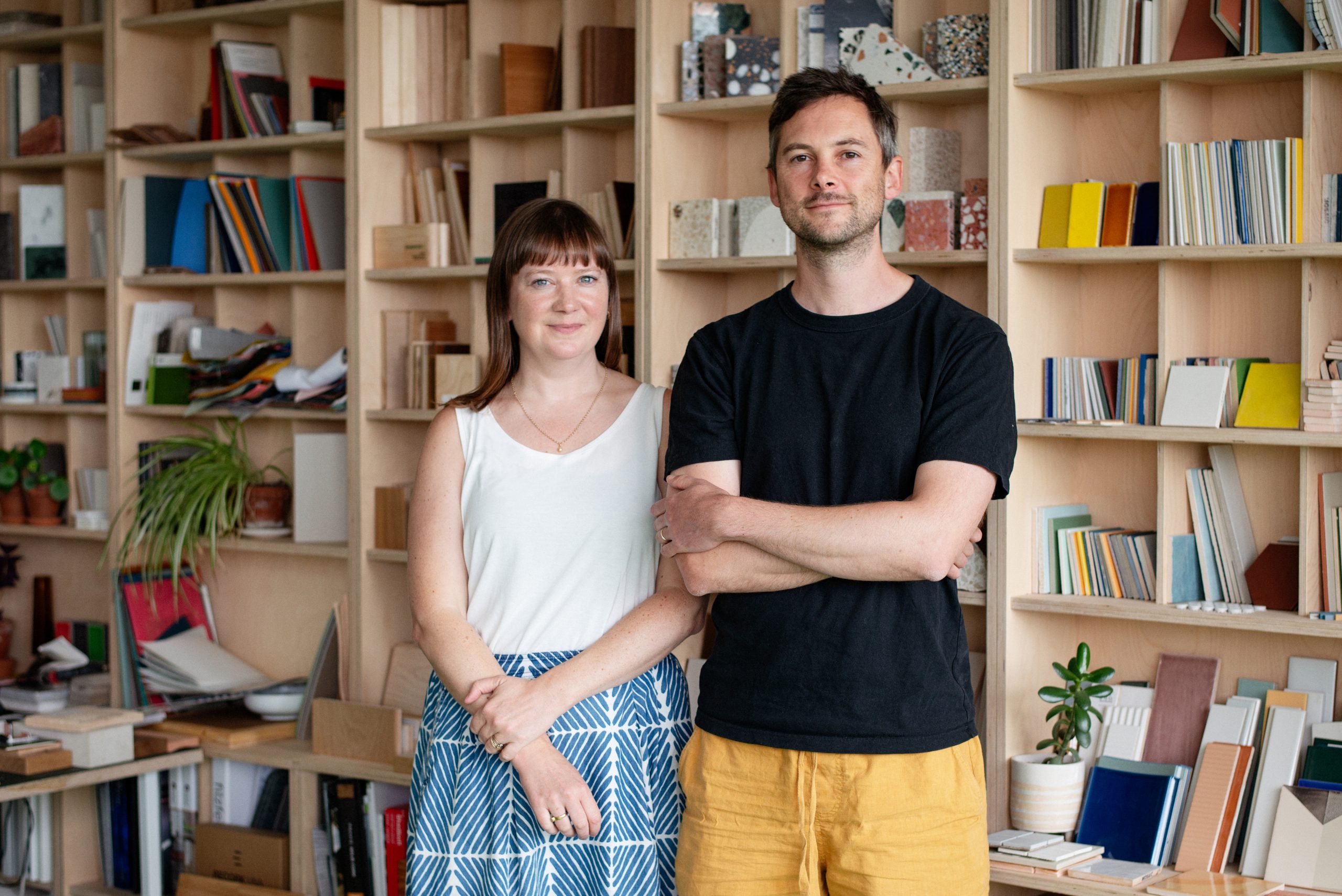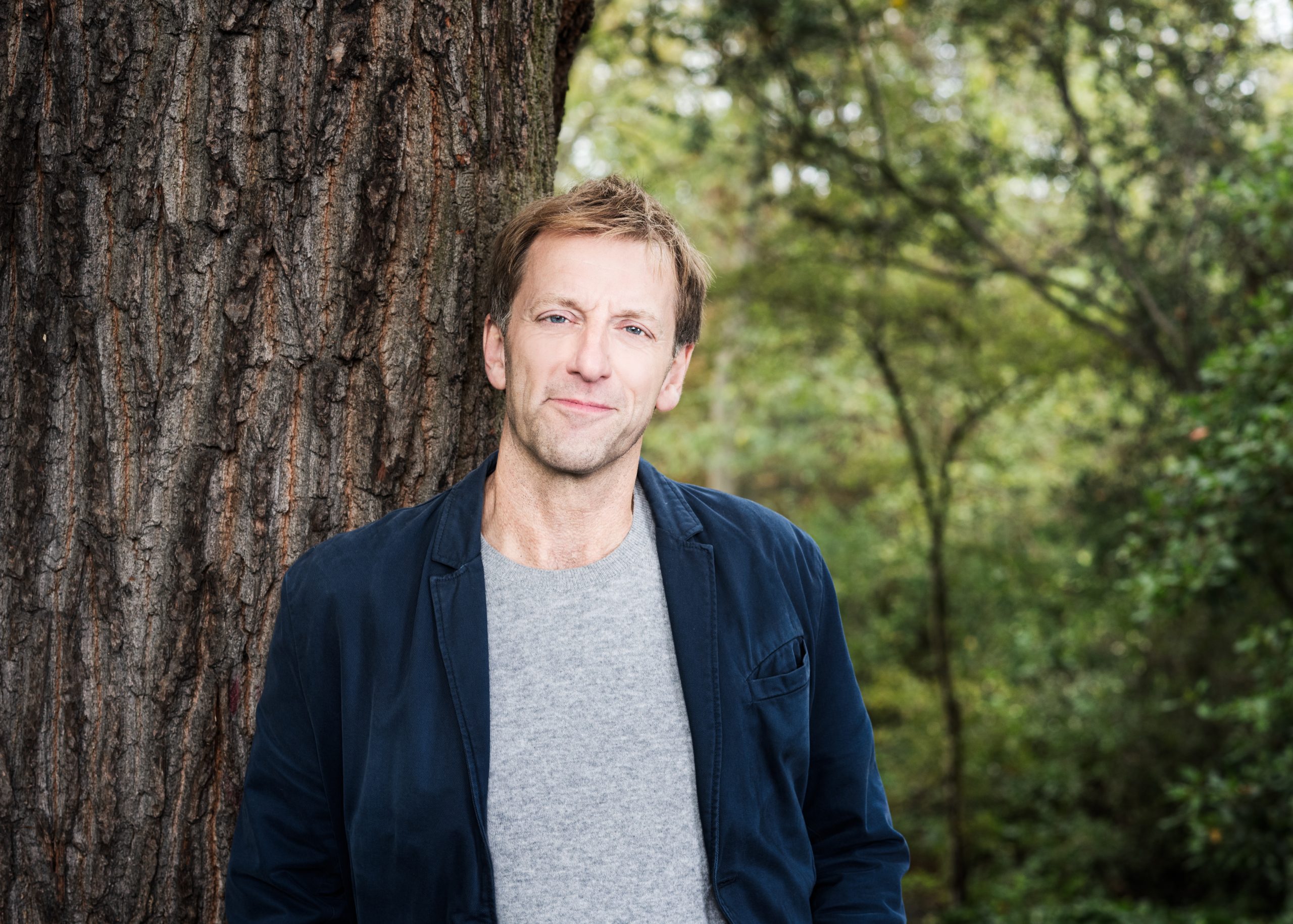Above and Beyond – A Conversation with Artist Jenny Pockley
One of the stars of The Royal Academy Schools in the 1990s, artist Jenny Pockley’s London shows have been selling out ever since she graduated from their hallowed studios in Mayfair.
Her cityscape paintings of London, New York and Paris launched her on the international stage and led to commissions in New York, LA, London, Barcelona, Kazakhstan, Melbourne, Macau, Hong Kong, Tokyo and Dubai, including for the Waldorf Astoria and Tiffany’s.
We caught up with her for a quick chat about her London and her stunning cityscapes.
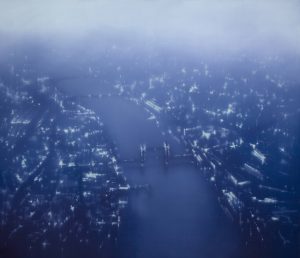
Where have you made your home in London?
When I started at the Royal Academy Schools I lived in Brixton, which was an amazing experience for its vibrancy and the feeling of being at the centre of something. After the RA, I moved to Arsenal which I loved and was totally different; very quiet, other than on match days. The first place I bought with my husband (the artist Nicholas Archer) was in Stoke Newington, overlooking the ponds in Clissold Park. It was a great spot.
My studios were, firstly, in Old Street, on Bache’s Street, and then in Tottenham in a workspace with fantastic natural light.
What did your time at the RA in Mayfair mean to you?
The Royal Academy is the only post-graduate painting course in London that is 3 years long, so it gives you the time to mature as an artist and time for being an artist to become a way of life. My studio space in my final year was in one of the central studio rooms, which is now part of the walk-through connecting the original part of the Royal Academy to the new building on Burlington Gardens. It was an extraordinary place to paint.
What happened after the RA?
My relationship with Mayfair continued with my debut solo exhibition in 2000, at Sarah Myerscough Fine Art in Brooks Mews. That was a great experience, to arrive on the evening of the private view and see my name and the title of the show, Unbounded Space, on the window of a West End gallery. That first show was a sell-out success and lead to 15 years with Sarah Myerscough where my exhibitions reviewed and sold extremely well. My fourth solo show there, A City Observed, was the first exhibition featuring my cityscapes.
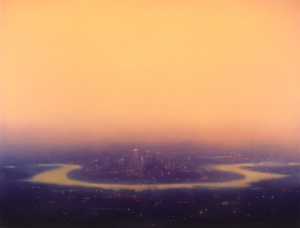
How do you describe your London paintings?
My London cityscapes are large (normally between 1.5 and 2 metres wide) colour field paintings with amorphous shapes and points of light that softly describe the city. The dominant colour sets the mood and the points of light bring into focus an idea of the structures and buildings. I try not to have many sharp edges and to give the sense that the shapes and forms described might change any minute and are transient. They are like a memory rather than a topographical description; atmospheric and allusive, and devoid of people.
To achieve the very particular effect I wanted the paintings to have, I went to the wonderfully skilled people at AP Fitzpatrick of Bethnal Green, who prepared a modern acrylic mix of Gesso to produce boards and canvases that give a smooth, luminous base that glows through the paint layers.
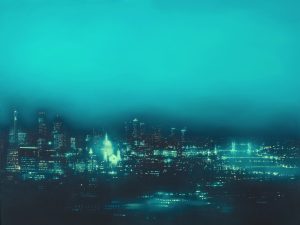
Who are your artistic heroes and inspirations?
Rothko, for his paired down abstraction to minimal colour. I love Monet’s work for being based on a subject (usually a landscape) but then being a joyful exploration of light and paint. A series by Michael Andrews of the mudbanks of the Thames which have that same crossover between the figurative and enjoyment of paint that I like. Paintings of the Thames at night by Whistler.
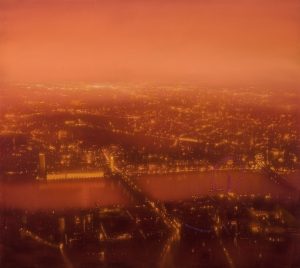
What are your favourite places in London?
I love anywhere along the banks of the Thames, and I have always viewed London through the eyes of a landscape painter, seeking out high points – Tower 42, The Gherkin, the London Eye, Primrose Hill – as well as taking several helicopter trips over the city. I enjoy a long-standing kinship with the view from the top of Centrepoint where the key landmarks of St Paul’s and the skyscrapers of the City and Canary Wharf all line up. When doing a show called Transcriptions in 2007, I was lucky enough to visit the room at The Savoy where Monet painted a Thames vista. It’s a wonderful view of the river incorporating Westminster Bridge and the Houses of Parliament.
Your home and studios are now in Sussex. Is there anything you miss about London?
Absolutely there is! When we lived in Arsenal, I really loved that it was so quiet and peaceful like a village and yet it was fantastically convenient for the tube and overground connecting us to the whole of London. I loved the fact that getting into central London was easy but that we had so many pubs and restaurants locally. It was also a time when Nick’s band were doing quite a few gigs in North London (often at The Garage and The Bull and Gate) and it felt great those sorts of places being just round the corner. We also loved the pubs and restaurants near Angel too, and the whole of Upper Street.
Living in N5 was my only experience of living in an area dominated by a football club and I always liked the fact that Arsenal tube and the area around our home was so quiet usually and then became packed and bursting with life on match days for a few hours. There was a strong sense of community identity because of the club and I’m glad I experienced that.
And although it would be strange to say that I miss the view of Clissold Park, from the home we moved to in Stoke Newington, when we look out now across the Kent and Sussex countryside, I did love that view and being able to walk up Queen Elizabeth’s Walk to the amazing number of pubs and cafes and restaurants on Stoke Newington Church Street. London is a brilliant city and I’ll always miss it and love painting it.
Jenny Pockley shows with GBS Fine Art in the UK and the Christine Park Gallery in Shanghai and at international art fairs.
For private and corporate commissions, contact Jenny directly at: https://jennypockley.co.uk/

